June 22, 2013
Want and FM Signal: FCC Announces LPFM Application “Window”
Last Updated on June 22, 2013 by askcbiorg
 If your station is not licensed for broadcast by the FCC, there is a rare opportunity to file for an FCC application coming this October. The FCC has announced a limited time (window) of opportunity to apply for an LPFM license which would allow you to operate with 100 watts or less of power to cover a limited area. This is a fantastic opportunity for your station if you are not currently licensed.
If your station is not licensed for broadcast by the FCC, there is a rare opportunity to file for an FCC application coming this October. The FCC has announced a limited time (window) of opportunity to apply for an LPFM license which would allow you to operate with 100 watts or less of power to cover a limited area. This is a fantastic opportunity for your station if you are not currently licensed.
To read the word from the FCC, see http://www.fcc.gov/encyclopedia/low-power-fm-broadcast-radio-stations-lpfm. In short, you need to file the application by 6:00 pm EDT on October 29, 2013. CBI can help! Join the CBI LPFM email list, which is community of people just like you who are seeking LPFM licenses and can likely point you in the right direction. Click here to subscribe to the group.
What is LPFM? LPFM is a relatively new class of radio stations created by the FCC which will allow low power operations with up to 100 watts. The authorized station could have an effective coverage area of approximately 3.5 miles.
What needs to be done to apply?
1. Determine if there is a frequency available to you at a location you can use.
Start by using a smart phone app to determine the coordinates of your stations location or where you think might be a good location. Think a tall, on campus building. That is a good rough start. Don’t have a smart phone, borrow one or even better, borrow a GPS.
Use the FCC channel finder to see if something is available. Do not be discouraged if the results do not produce positive results. Moving to another location on campus could produce positive results. Also, be aware that the FCC tool or any tool you find on-line will only produce results that reflect the current situation and stations do move which happens more often than you might think. The best information can be obtained by engaging a qualified and reputable consulting engineer. For example, one station had literally no options using the FCC’s channel finder in the past. Things have changed a lot in the last year and there are more frequencies available than before. The station mentioned now has a number of frequencies it can apply for.
2. If there is an available frequency at the location you entered, you need to either gain permission of the school to apply for the license or create an non-profit organization which would hold the license. In either situation, if the transmitter location is on school grounds, you will need to obtain permission from the school to install the antenna and transmitter. If the location is not on school grounds, you will need to negotiate a lease and this is the less desirable option in most cases.
3. You should be aware that others may apply for the same frequency or a nearby frequency which cause problems. This is why hiring an attorney would be something you should consider in order to give you the best chance to obtain the frequency. Competing (“mutually”) exclusive applications will be settled by a point scale. You should be aware of the point scale and subsequent tie breakers/negotiations in advance of filing your application.
How Long will it take to get a license? If there are no competing applications, expect the construction permit to be issued before the end of the school year. If there are competing applications, the process and time line becomes more complicated. If a construction permit is awarded, you will have 18 months to complete the application for license, which may be extended under certain circumstances.
How much will this cost? There are too many factors at play here to give you an answer, but it could be very little or a lot. The answer depends on whether or not you have a studio, an existing operation, site location and more. Join the CBI lpfm email list now to ask your questions and get very quick feedback. The cost could be a few thousand or tens of thousands. The good news is that if you have approvals from the school to file the application, they will likely have required you to determine how to fund the proposal.



